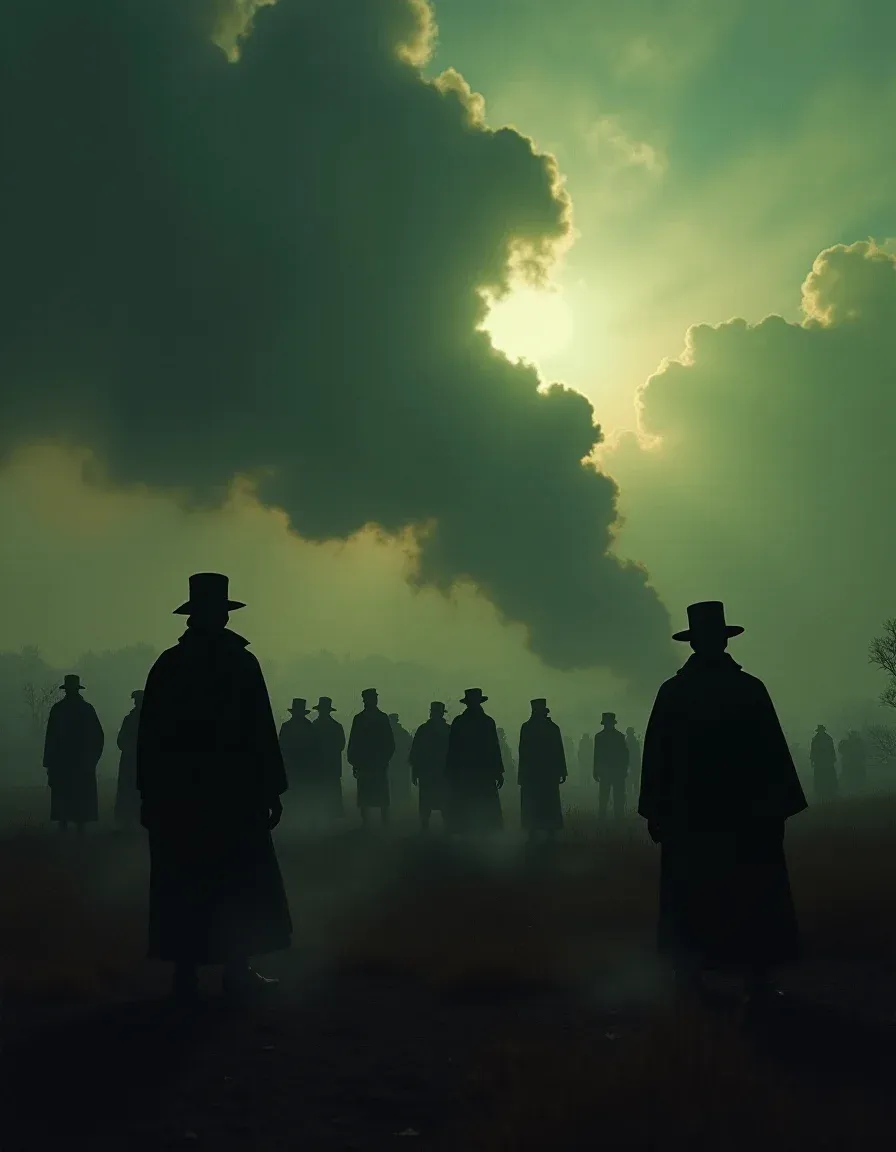A Look into the Neo-Nazi AWB Party of Apartheid South Africa
What drove the rise of the neo-Nazi AWB in apartheid South Africa? Unpack the fears and myths that fueled their extremist ideologies, and explore their legacy.

Understanding the Roots
The Afrikaner Weerstandsbeweging, also known as the AWB, was an Afrikaner nationalist, white supremacist, and neo-Nazi political party in South Africa. But why did this extremist group emerge during the Apartheid era? Well, let’s break it down.
Unpacking the "Why?"
The key lies in understanding the fears and the volatile socio-political atmosphere of the time. Some suggest that the AWB was established because its leaders, like Eugène Terre’Blanche, felt that Apartheid wasn't "severe" enough. They wanted an even stricter racial separation and aimed to create an all-Boer state, free from any reforms that the then government was slowly starting to entertain.
During the 1970s and 1980s, the whole of Southern Africa was experiencing significant changes with countries like Mozambique and Angola gaining independence. This put a lot of pressure on South Africa's white ruling minority, who were fearful of losing their power. The AWB capitalized on these fears, advocating for extreme policies and outright racism to "secure" a future for white Afrikaners.
The Fascist Playbook
What fueled the rise of a neo-Nazi group in this era boils down to more than simple racism. It’s about the dynamics of "us vs. them," where people like Terre’Blanche used fear-mongering and extremism to rally support. The AWB's philosophy wasn’t just based on racial superiority but also on preventing any softening of Apartheid, feared by some Afrikaners as the beginning of their loss of control.
Fascism thrives on exploiting divisions, and the AWB did just that. They believed that any reform, however small, was a step towards total collapse of their preferred societal structure. This only intensified after the United Nations had condemned South Africa’s policies, and the world’s spotlight was growing ever brighter.
Remnants of a Past Struggle
Even after the end of Apartheid, the AWB’s ideologies did not completely vanish. Though their violent actions and radical views may have drawn infamy more than genuine influence, remnants of their beliefs linger, highlighting how such movements attempt to resist change by clinging to fear and division.
For those interested in delving deeper, documentaries like "The Leader, His Driver and the Driver's Wife" give an intriguing glimpse into the AWB’s past and the distorted legacy they leave behind.
If you're curious about the broader political and social dynamics of apartheid-era South Africa, I'd recommend checking out Wikipedia's page on the Afrikaner Weerstandsbeweging for a deeper dive.




